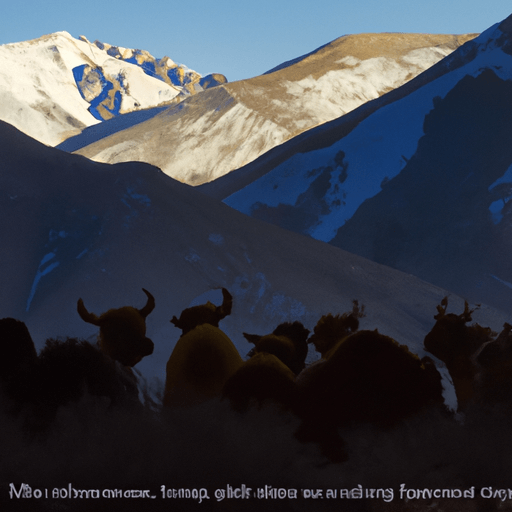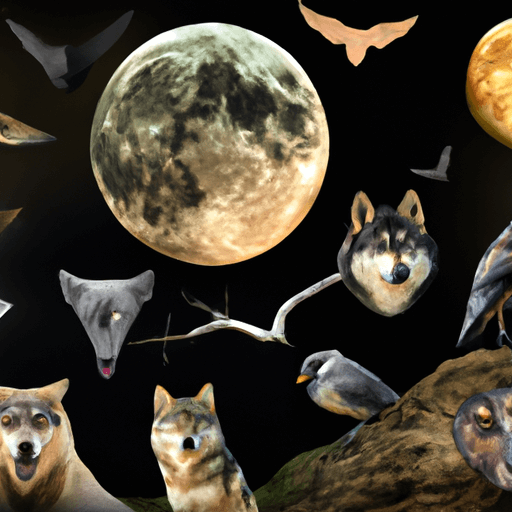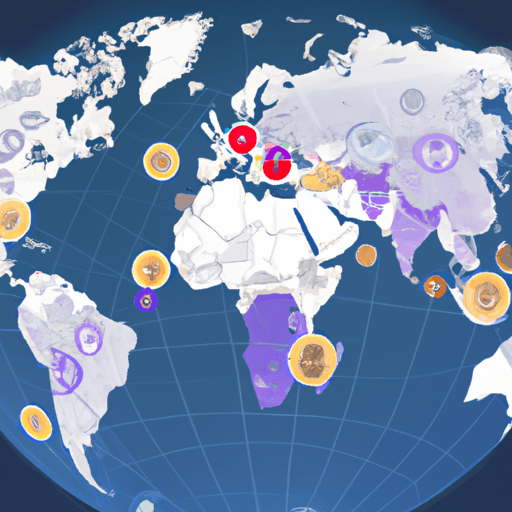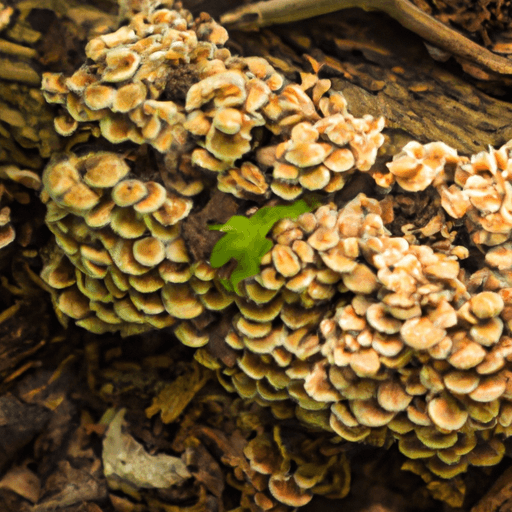Climate Change and Animal Migration
Climate change is having a drastic impact on the way animals migrate around the world. As temperatures rise and landscapes change, animal migration patterns are being altered. This shift is having significant implications on wildlife and ecosystems. Understanding how climate change is influencing animal migration patterns is essential for protecting and preserving wildlife.
How Climate Change is Affecting Habitats and Migration Patterns
Animals are naturally adapted to their environment and use cues such as temperature and seasonal changes to migrate. As the climate changes, these cues become less reliable. This can cause animals to migrate later, shorter distances, or even in the wrong direction. Rising temperatures can also lead to more extreme weather events, such as flooding and droughts, which can cause habitat loss and further disrupt migration patterns.
Climate change is also causing habitats to change, leading to species becoming endangered or extinct. As habitats change, some species may be unable to adapt and their populations can suffer. Rising temperatures can also lead to drastic changes in ocean currents and ocean temperatures, which can affect the availability of food sources for migratory fish, resulting in population declines.
Consequences of Animal Migrations
Changes in animal migration patterns can also lead to other issues, such as invasive species. As animals are forced to migrate to new areas, they can bring with them non-native species, which can cause disruption to local ecosystems. Additionally, migration can lead to the spread of diseases, as animals come into contact with new populations that may not have immunity to the same pathogens.
Potential Solutions for Mitigating Negative Effects
There are a variety of potential solutions for mitigating the negative effects of climate change on animal migrations. One solution is to create corridors and pathways for migratory species to use. This could help animals migrate safely and reduce their contact with non-native species. Additionally, conserving natural habitats is essential for preserving wildlife. Protecting and restoring natural habitats can help animals adapt to changing environments and ensure their access to food sources.
Finally, reducing emissions and curbing climate change is essential for protecting wildlife. Taking steps to reduce emissions and conserve energy can help reduce the impact of climate change and ensure that habitats are preserved for future generations.
Climate change is having a drastic impact on the way animals migrate around the world. Understanding how climate change is affecting animal migration patterns is essential for protecting and preserving wildlife. By creating corridors and pathways, conserving natural habitats, and reducing emissions, we can mitigate the negative effects of climate change on animal migrations and ensure that wildlife is protected for future generations.

















Comments
Leave a Comment